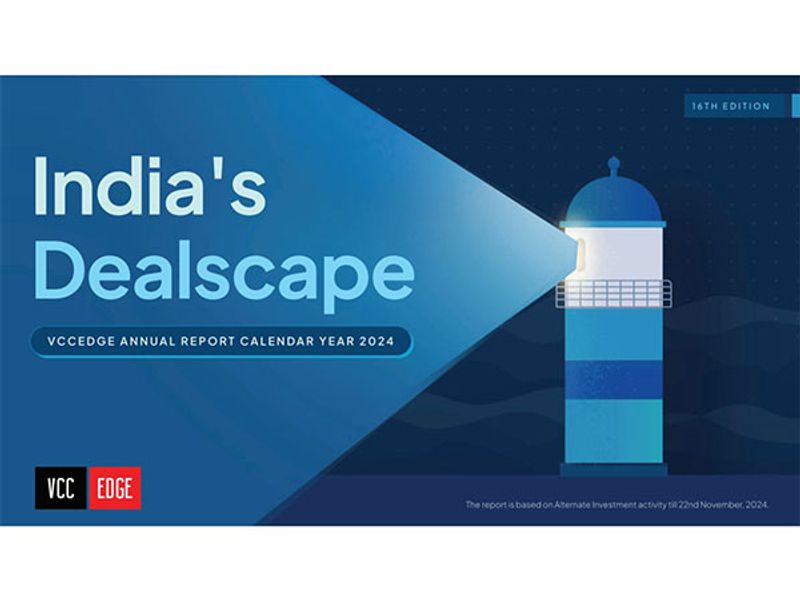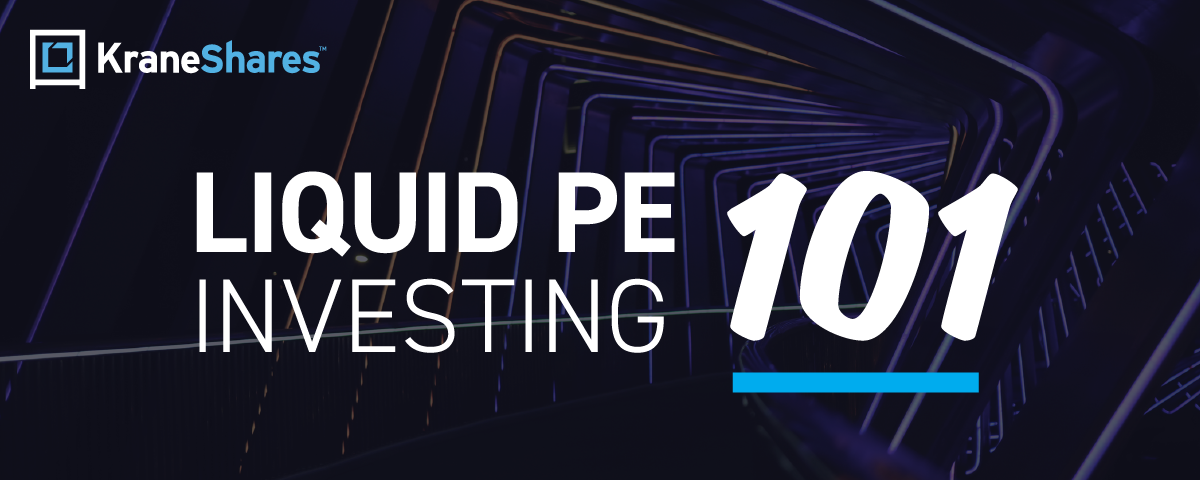Fundraises on ice
At the risk of stretching a metaphor too far, the winter months have provided a fitting backdrop to private equity firms putting their fundraising plans on ice. Astorg, Europe’s 10th-largest private equity firm, is among the latest to have done so. The buyout shop is stepping back (for the moment) from actively raising its first dedicated buyside secondaries fund and will focus on procuring and backing deals, our colleagues at Secondaries Investor report (registration required).
The Luxembourg-headquartered firm has been considering raising a fund to back single-asset continuation fund transactions since 2022. In September 2023, Astorg disclosed details of a GP Equity Solutions strategy, noting it was “designed to address the significant opportunity to invest in the fast-growing single-asset continuation vehicle market”. Astorg has secured capital from long-term backers and will use balance sheet capital to complete deals in the near term, Sebastiaan van den Berg, one of the two partners leading the GPES strategy, told Secondaries Investor last January.
Astorg isn’t the only firm to have cooled its fundraising plans in a glacial market. Crestview Partners, a New York-based PE firm with $11 billion in assets, has decided to pause fundraising for its next flagship while it works through available capital to close more deals and deliver liquidity to LPs in an older fund, our colleagues at Buyouts reported last month (registration required). Onex similarly paused its flagship fundraise in 2023 and has since doubled down on distributions (Side Letter, 11 November 2024).
The fundraising market has been largely muted of late. Funds collectively closed on $589.9 billion in Q1-Q3 2023, down from $672.5 billion in the equivalent period in 2022, according to Private Equity International data. This marks the lowest three-quarter total since 2020. As of Q3 2024, the top 10 funds to close had amassed $161 billion – about 14 percent lower than the $187 billion raised by the top 10 funds in 2023.
Some industry participants are, however, optimistic of an uptick in exit activity this year, which could potentially unlock distributions and therefore raise the amount of capital that LPs are able to redeploy to new funds. PE rainmakers the world over will be eagerly awaiting signs of a thaw.
What’s on the horizon?
Fundraising aside, law firm Morrison Foerster reckons 2025 will prove a brighter year for PE dealmaking. Its Global Private Equity Trends 2024 and Outlook for 2025 report predicts further momentum in PE M&A markets, particularly in the US and Europe. This will be fuelled, the firm said, by anticipated rate cuts, built-up demand, a more lenient US regulatory environment for M&A, and pressure on companies to implement “future-minded” growth initiatives. MoFo, as the firm is known in some quarters, also expects a resurgence in the US IPO market in H2 2025.
Tech could be a key beneficiary of a more active M&A landscape, the firm noted, citing AI as a driving factor in M&A decisions. Life sciences and healthcare may also stand to benefit, with tech and AI contributing to opportunities around industry convergence and consolidation.
Further afield, however, the picture appears slightly less rosy. Though global M&A is expected to increase, MoFo warned that national security and anti-monopoly regimes outside the US will “remain inconsistent based on local geopolitical conditions”. According to the firm: “[These] may impose significant impediments to completed cross-border M&A.”
Essentials
APAC allocations
Asia-Pacific saw a couple of notable fund closes over the festive break. VC and growth giant Accel raised $650 million for Accel India VIII, meeting its target, per a filing with the US Securities and Exchange Commission. Fund VIII is the same size as its predecessor, which closed in February 2022. Accel’s ability to maintain its prior fund size and meet its target at a difficult time both for fundraising and Asia-Pacific allocations more broadly could underscore cautious yet growing LP excitement over India, in part due to an expanding universe of potential exits.
Elsewhere in the region, Australian PE stalwart Quadrant Private Equity has collected A$660 million ($409.6 million; €395.6 million) for its third growth fund, according to an Australian Financial Review article the firm has featured on its website. Quadrant Growth Fund 2 raised A$530 million in 2021. The 2019-vintage Quadrant Growth Fund No.1 had generated a 2.21x TVPI and 1.34x DPI as of 30 June 2024, per State Teachers’ Retirement System of Ohio data.
Besides being a prominent and established name in the Australian PE community, Quadrant’s close may have further benefited from a pivot among some LPs to more developed markets in the region.




